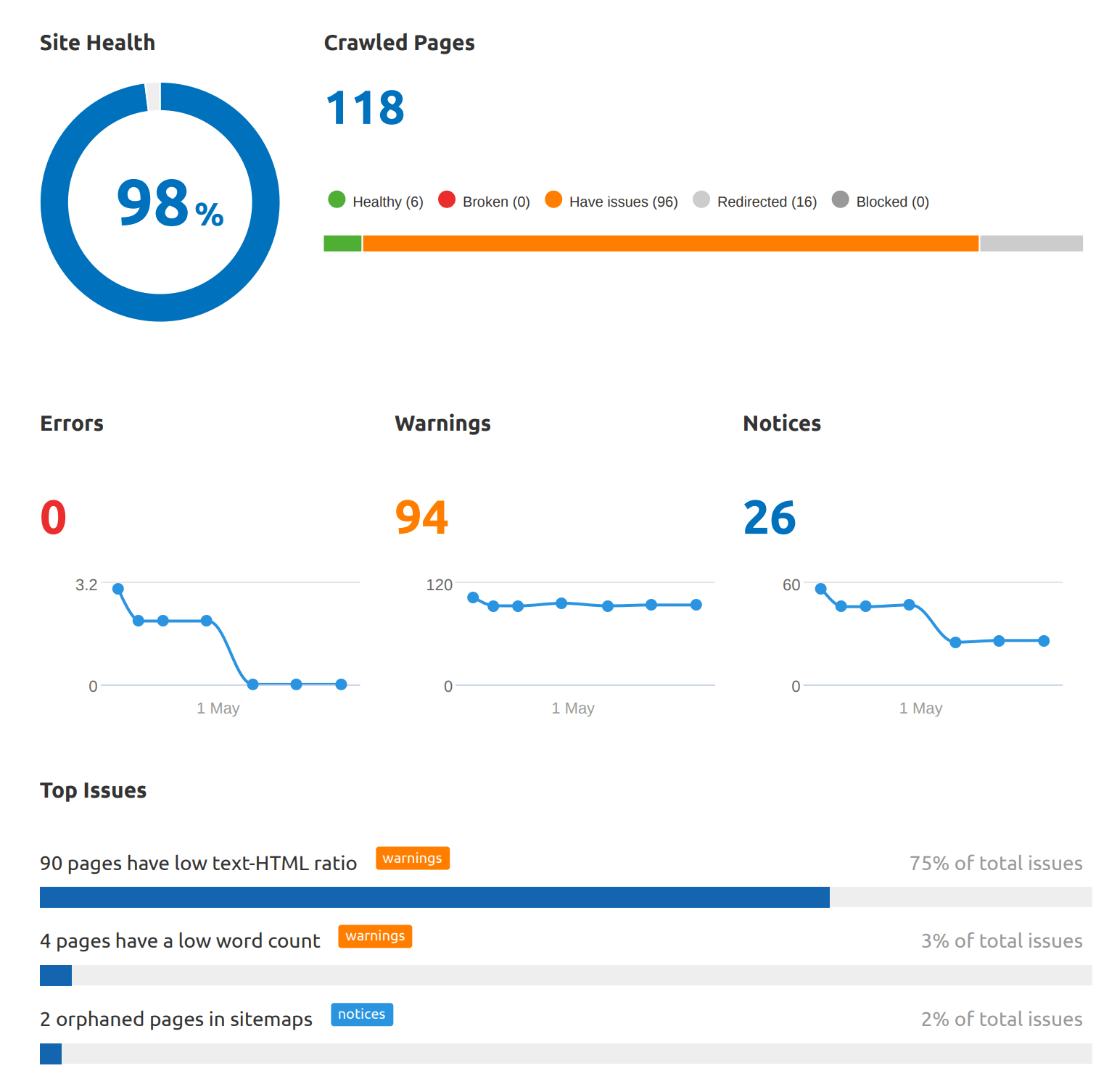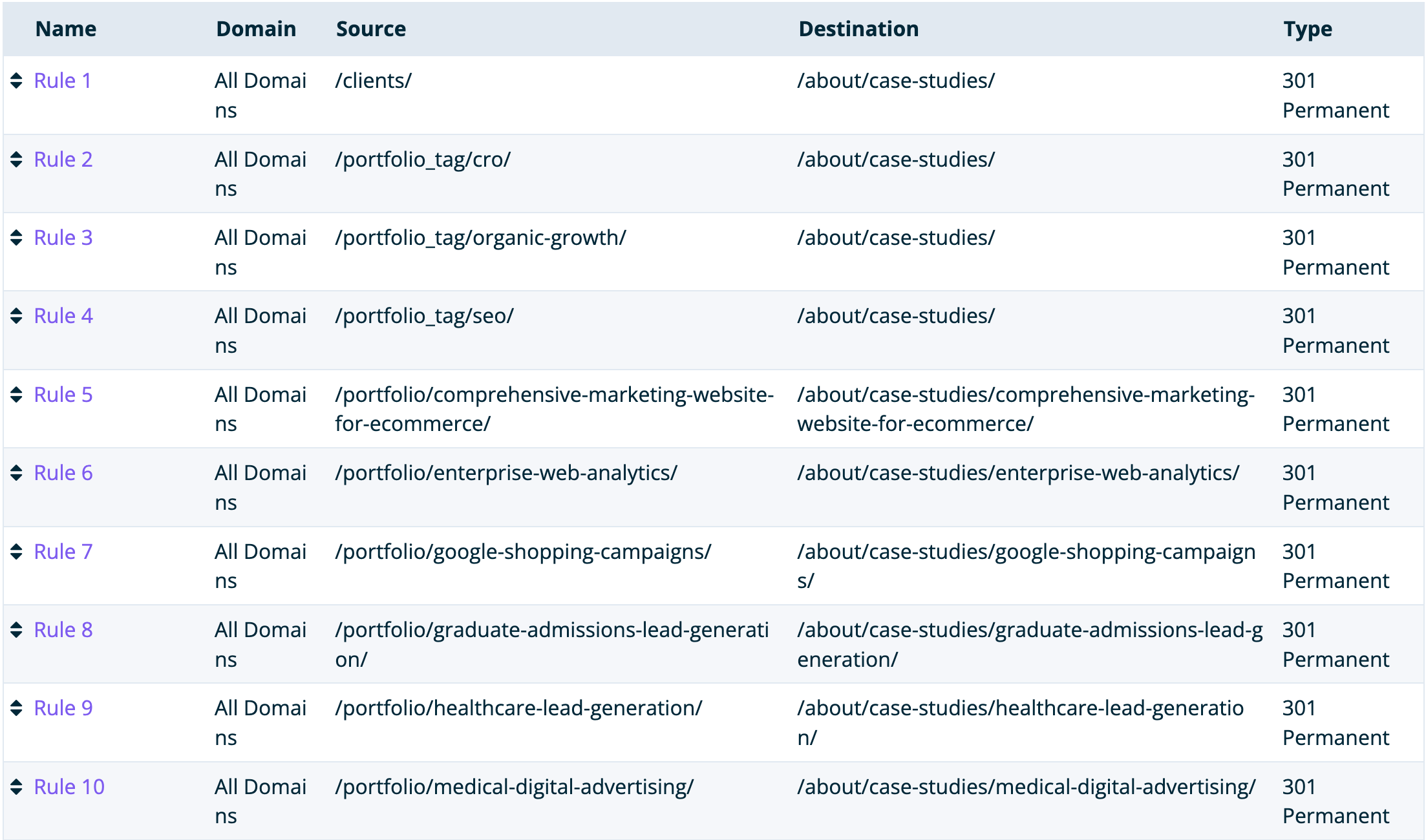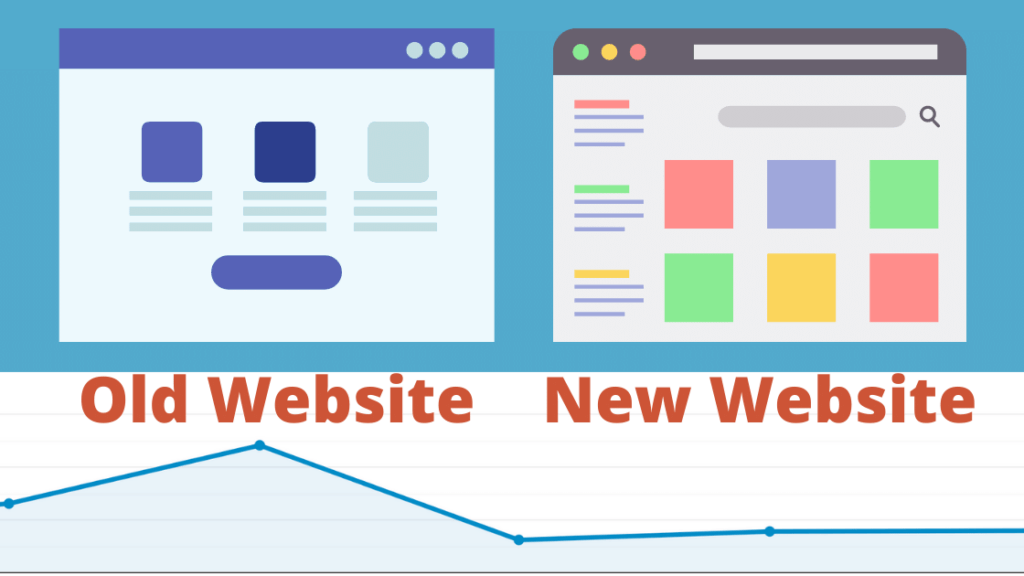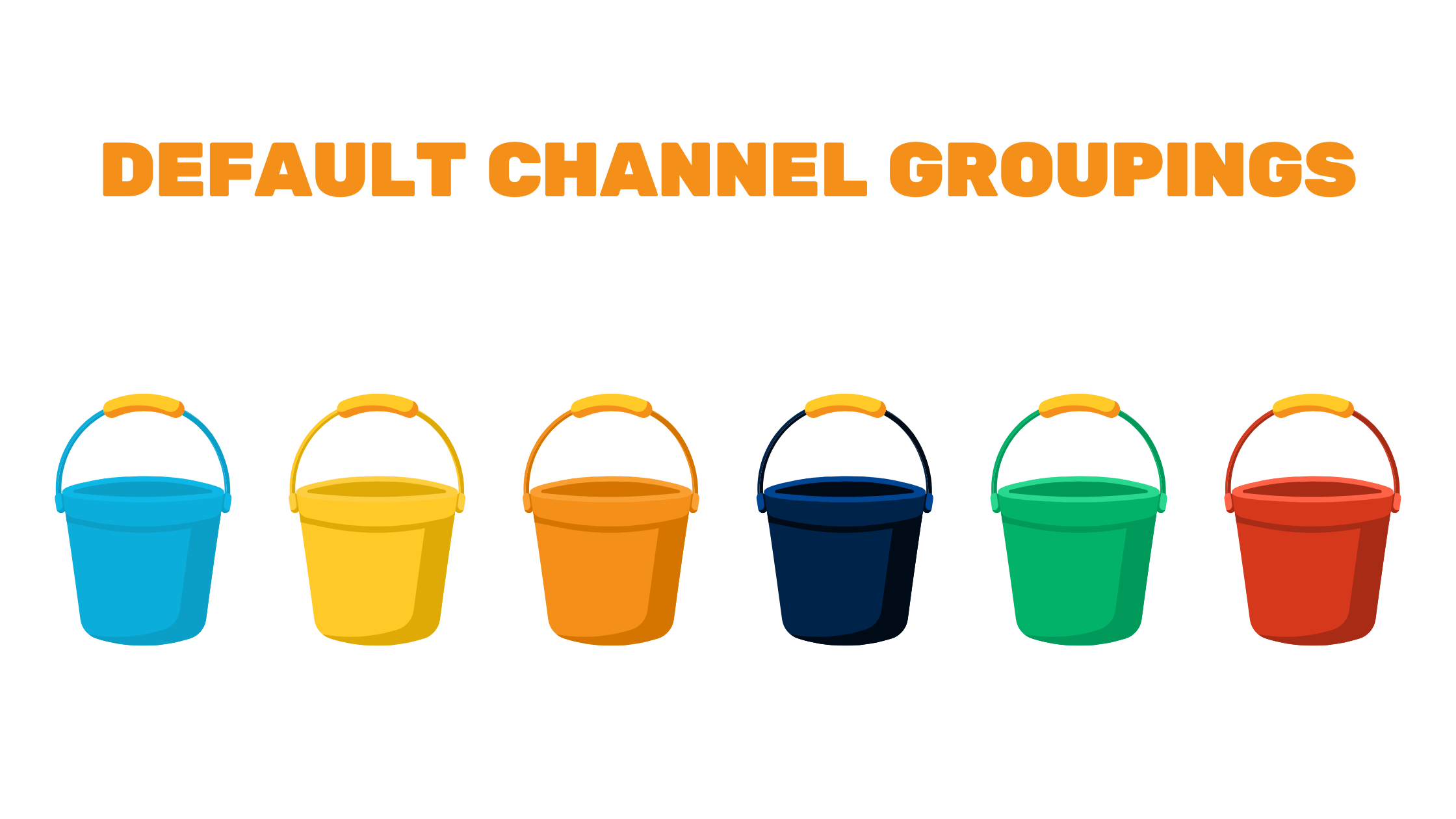SEO for New Websites
A new website launch can be a significant milestone! Oftentimes, it’s important to redesign or migrate your website for numerous reasons such as modernizing your look, differentiating from competitors, ease of maintenance, etc.
Unfortunately, an often overlooked aspect of a new website launch is retaining the value of your old site’s SEO. Maybe you’ve heard stories or been through it yourself. You have this beautiful new website designed. You update your web copy and imagery, get rid of pages that no longer matter, and add pages that do. It all makes perfect sense; these are necessary changes!
However, if you make these changes without considering the implications on SEO, you could be setting yourself up for a dramatic loss of website traffic. Follow these steps to make sure you retain your existing organic traffic and can continue to build upon it.
Run an SEO audit of your old/existing website

Identify Top Ranking Pages
You can use Google Analytics to see your top landing pages for organic traffic.
You can also use Google Search Console to dig even deeper and see not only which pages result in the most clicks to your site, but also your average position on the search engine results page (SERP) and your average click-through-rate (CTR) for each page.
Protect High Organic Traffic Pages
Once you’ve identified your top ranking pages, look at the keywords that users search to land them on these pages. Order those keywords (and corresponding pages) from most important to least important. Try highlighting the important keywords in green and any irrelevant or unimportant keywords in red.
For all green, run each corresponding page through an SEOquake analysis and save all of the meta information. Also note your use of heading tags. When you create each page on your new site, retain as much of the content as you can as long as it’s still relevant to your business.
Identify Keyword Gaps
There are always going to be searches performed on Google that you would ideally show up for on SERPs. This is where identifying keyword gaps comes in. A good way to start this process is to compare your keyword rankings to all of your closest competitors in SEMrush. You’ll see which keywords you already overlap with them on (directly compete), but you’ll also see keywords they rank for and you don’t! Save these keywords in a spreadsheet. They might be useful for mapping to your new pages or future blog posts.
Review Existing Schema Markup
Schema markup is a way of structuring content within your website’s source code (often HTML) to tell search engines and social media platforms how to label and interpret the information. Some content management systems (CMS) will have schema that automatically gets created when you build a webpage, such as WebPage Schema or Organization Schema. It’s important to examine the schema markup of the top ranking pages on your existing/old website.
On the new website, ensure that you retain this schema. This is also a good time to evaluate ANY missing schema markup on brand new pages and create it. This way, you’ll be giving your new pages an even better chance at improving rankings and sometimes even CTR.
Schema.org helps walk you through schema categories:
- Creative works: CreativeWork, Book, Movie, MusicRecording, Recipe, TVSeries …
- Embedded non-text objects: AudioObject, ImageObject, VideoObject
- Event
- Health and medical types: notes on the health and medical types under MedicalEntity.
- Organization
- Person
- Place, LocalBusiness, Restaurant …
- Product, Offer, AggregateOffer
- Review, AggregateRating
- Action
Plan All 301 Redirects
Do you have a plan for what happens to the URLs of the pages you’re getting rid of? Does your new site have a different URL structure than the old website? If you say yes to either or both of these questions, it’s time to make a plan for 301 redirects.
A 301 redirect is done when an old or obsolete URL needs to be redirected to a new, existing URL that either has the same or similar content to the old page. If there’s no similar page, the rule of thumb is to redirect to the homepage. When the URL is supposed to render a page, the 301 redirect will tell the browser to go to the new page rather than hitting a 404 error page (essentially, it shorts out).
You might wonder why you would 301 redirect a page you’ve deleted from your site. You deleted it because it’s no longer important, right? While that’s true, there might be other websites on the internet that still link to that old page. Instead of linking to a 404 page, you can make sure that all of those referral links still render pages on a user’s browser, with the aim of improving the user experience.
Example:
We launched a new website in early 2022 and set up redirect rules in our web hosting platform. The redirect will ask for the original URL, the new URL, and what type of redirect you want to create. You have the option to set a temporary 302 or permanent 301 redirect. You always want to make sure you set these as 301 redirects, since you are permanently modifying the URL of each page.





